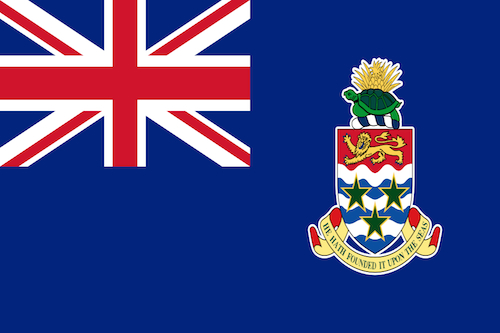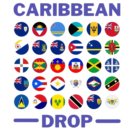CAYMAN ISLANDS

Motto
“He hath founded it upon the sea”
Capital
Size
Highest Point
National Dish
Population
Language
Overview
The Cayman Islands, a trio of stunning islands in the Caribbean, have a rich history and are famous for their crystal-clear waters, vibrant marine life, and luxurious resorts. Located is 438 km south of Cuba, and 504 km northwest of Jamaica, the islands were first spotted by Christopher Columbus in 1503 during his fourth voyage to the New World. He named them “Las Tortugas” because of the many sea turtles he saw. Over time, the islands became known as the Cayman Islands, named after the Carib word for crocodiles, “Caimanas,” as early explorers mistook the local iguanas for these reptiles.
The Cayman Islands remained largely uninhabited until the 17th century when British settlers and pirates began to use them as a base. The islands officially became a British colony in 1670 under the Treaty of Madrid. Unlike many Caribbean islands, the Caymans didn’t develop large-scale plantations, so their history is less tied to the sugar trade and slavery. Instead, the islands developed a maritime economy, with shipbuilding and turtle fishing playing significant roles.
Today, the Cayman Islands are a British Overseas Territory and one of the world’s leading offshore financial centers, known for their stability and luxury tourism.
The main attractions in the Cayman Islands revolve around their natural beauty and marine life. Grand Cayman, the largest island, is home to the famous Seven Mile Beach, a stunning stretch of white sand that offers excellent swimming, sunbathing, and water sports. Nearby, Stingray City is a unique attraction where you can interact with friendly stingrays in their natural habitat.
For those interested in exploring underwater wonders, the Cayman Islands offer some of the best diving and snorkeling in the world. Sites like the Kittiwake Shipwreck and Marine Park, the Bloody Bay Wall on Little Cayman, and the reefs around Cayman Brac provide incredible opportunities to see colorful coral, tropical fish, and even shipwrecks.
The capital, George Town, offers a mix of modern amenities and cultural sites, including the Cayman Islands National Museum, where you can learn about the islands’ history and culture. The Queen Elizabeth II Botanic Park is another highlight, showcasing the islands’ native flora and fauna, including the rare blue iguana.
Whether you’re exploring its beaches, diving into its waters, or enjoying its laid-back yet sophisticated atmosphere, the Cayman Islands offer a perfect blend of natural beauty and modern comforts, making them a top destination for travelers seeking both relaxation and adventure.
